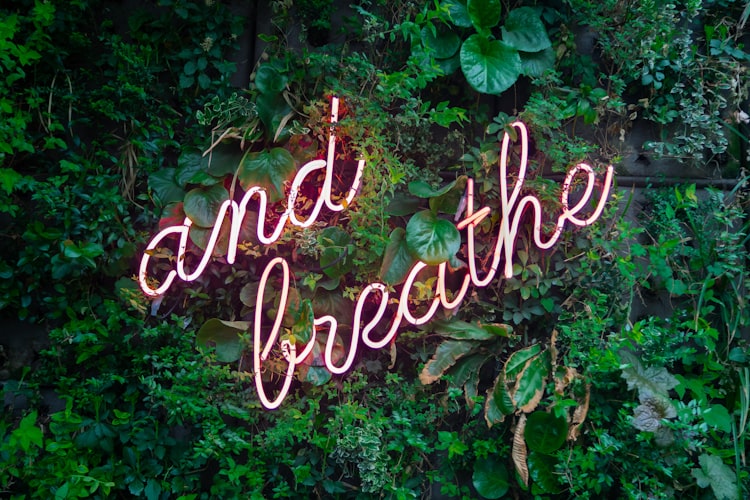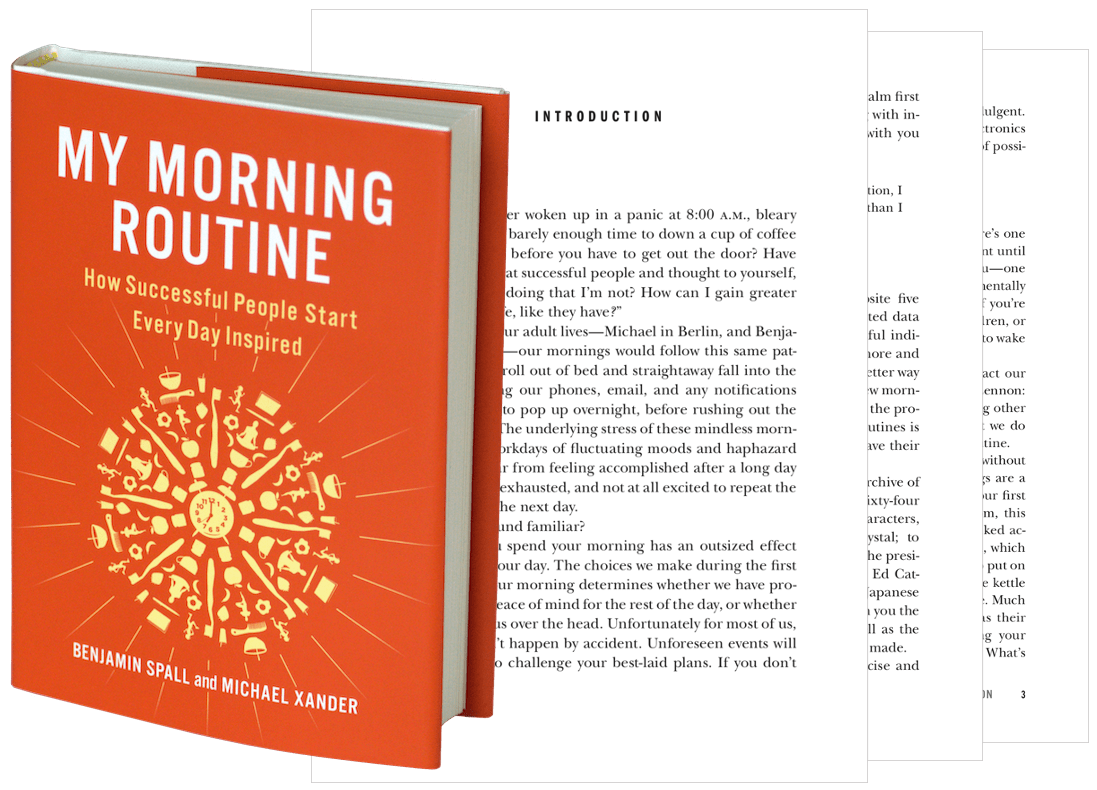How to Nap

If you wake up groggy after napping, you’re probably doing it wrong.
Afternoon fatigue is a real problem; a problem that can cause us to dose ourselves with as much caffeine as possible as the inevitable decline of our day plays out. Your body is craving sleep. The solution to afternoon fatigue is simple: feed your body’s desire, don’t cover it up.
Napping has gained a resurgence in popularity in recent years, but it remains an area that’s largely frowned upon, rather than something that’s celebrated as the rejuvenating method of upping your per-day productivity that it is.
But you can’t go into this with your eyes closed (if you’ll excuse the pun). You have to be deliberate about when you nap, why you nap, and for how long you nap. The most useful naps, after all, depend on what you (the napper) need.
Periods of Intense Sleepiness
The human body has been designed for two periods of intense sleepiness; from 2:00-4:00am and from 1:00-3:00pm.
Most mammals sleep for several periods throughout the day. The typical household cat, for example, needs 12 hours of sleep a day, with them (as we all know) making up this number over several occasions during a 24-hour period.
{% include newsletter-signup.html %}
Unsurprisingly, our biology hasn’t changed in line with how fast, evolutionarily speaking, we’ve changed to consolidate two periods of intense sleepiness into one long overnight period. For most of us, afternoon fatigue still sets in between 1:00-3:00pm, regardless of whether we eat lunch (studies show this effect still occurs when we skip our afternoon meal).
Napping during the second period of intense sleepiness is common in several Mediterranean and Spanish-influenced countries. The word ‘siesta’ derives from the Latin ‘hora sexta; sixth hour’ which, counted down from dawn, points to midday.
Power Naps (10-20 Minutes)
Power naps of between 10-20 minutes are a deliberate form of napping designed to get the maximum possible efficiency from your nap, or more “bang for your buck,” as Dr. Leon Lack, professor of psychology at Flinders University, Australia describes it.
During a power nap you’ll remain in stage two light sleep (stage one is falling asleep), which may include a small amount of non-rapid eye movement (NREM).
Waking from a power nap should leave you feeling alert and energized, with you often being unsure whether you fell asleep or not.
Full-Cycle Naps (90 Minutes)
A nap of 90 minutes, or one full sleep cycle, can help to reduce your sleep deficit if you’re feeling sleep deprived, especially when it’s taken in the 1:00-3:00pm window.
During a full-cycle nap you’ll experience every sleep stage, starting in stage two (light sleep: NREM), moving to stages three and four (deep, slow-wave sleep), before reaching rapid eye movement (REM) sleep; the dream phase.
The sleep stages will then reverse until you’re back in stage two, at which point your 90-minute alarm should be due to go off, allowing you to avoid sleep inertia (see ‘avoiding sleep inertia’ below).
Caffeine Naps
The half-life of caffeine is enormous (upwards of six hours), but it only takes about 20 minutes for your body to start feeling the effects once consumed.
When you drink a cup of coffee or black tea (or take a caffeine supplement) before a power nap you should feel the caffeine start to kick in as you wake.
Caffeine naps are especially effective when you’re required to drive long distances. Scientists at Loughborough University in the United Kingdom found caffeine naps beat out a number of alternatives (such as napping or drinking caffeine by themselves, and getting fresh air) in reducing driver fatigue among study participants.
How to Wake Up
You can make waking up from your nap as easy or complicated as you like.
On the easier side, set an alarm (or countdown timer) on your phone, placing it beside you as you nap.
If you have an iPhone, the company behind the popular Sleep Cycle app recently released Power Nap, an app that will wake you before you enter deep, slow-wave sleep (or after you’ve come out of it, for a full-cycle nap). I’ve used it a handful of times, and I’ve woken up refreshed every time — something which happens about 2/3 of the time when I use the standard iPhone alarm.
For a more unconventional approach, consider Spanish surrealist painter Salvador Dalí’s method:
Obsessed with the creative potential of sleep, Dalí placed a tin plate on the floor before sitting relaxed in a chair beside it, holding a metal spoon over the plate. In this relaxed state he would soon fall asleep, causing the spoon to slip between his fingers, landing with a loud clang; waking him with a mixture of ideas and images ripe in his mind.
Best Practices
Napping best practices are mostly common sense and similar to regular sleeping best practices—avoid light and noise by wearing a sleep mask and comfortable ear plugs (if necessary) and nap in a cool room.
Stick to the same nap routine over time, scheduling it into your day as an absolute; an unmoving commitment to yourself.
For power naps, less really is more. In a study comparing naps ranging in length between 30 seconds and 30 minutes, 24 participants at Flinders University in Australia were tested on a number of mental-processing tasks after their nap. According to lead-professor Dr. Leon Lack, the sharpness of the 10-minute nappers became clear immediately and remained intact for over two hours afterwards.
Avoiding Sleep Inertia
The whole philosophy behind deliberate napping is to avoid sleep inertia: that feeling of grogginess (and a desperate desire to go back to sleep) experienced after being woken.
Power or full-cycle naps reduce your chance of experiencing sleep inertia, as the former doesn’t allow you to fall into deep sleep and the latter allows you to snooze through your deep-sleep period, waking you when you’ve cycled back round to stage two, light sleep.
If you wake up groggy after napping you’re probably doing it wrong. Naps of 45-60 minutes are counterproductive for most of us. You’ll reduce your sleep deficit, sure, but the impaired alertness, reduction in motor dexterity, and general feeling of tiredness is generally not worth it.
—
Afternoon fatigue is here to stay, but deliberate napping can help us to get the most out of our day while avoiding the rapid decline in our afternoon productivity.
Feed your body’s biological desire for a second period of intense sleepiness with precisely what it craves, rather than masking it with caffeine. And please let me know how you get on. ∎
This post was first published on Medium. If you enjoyed it, please recommend it on Medium and follow me there!




